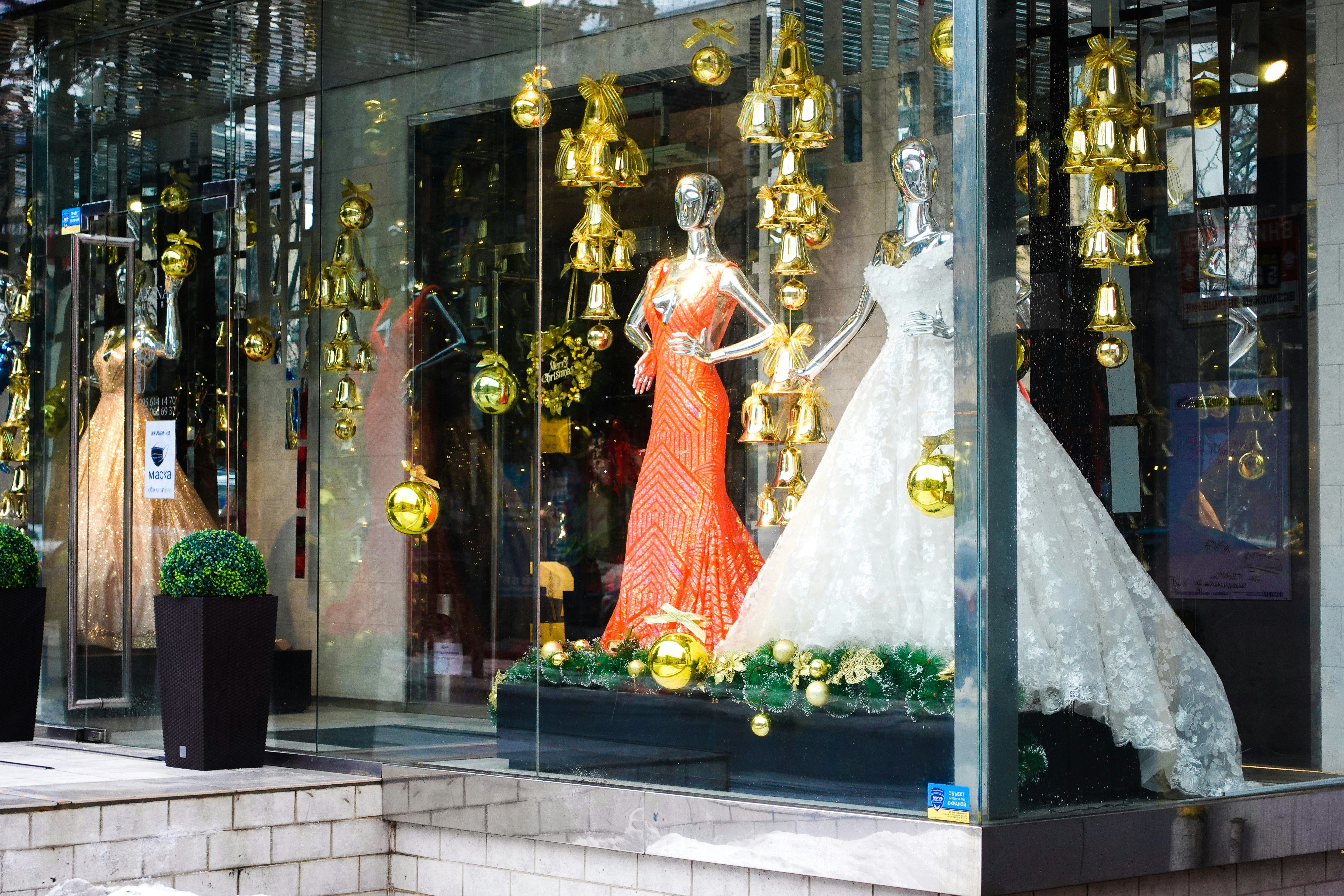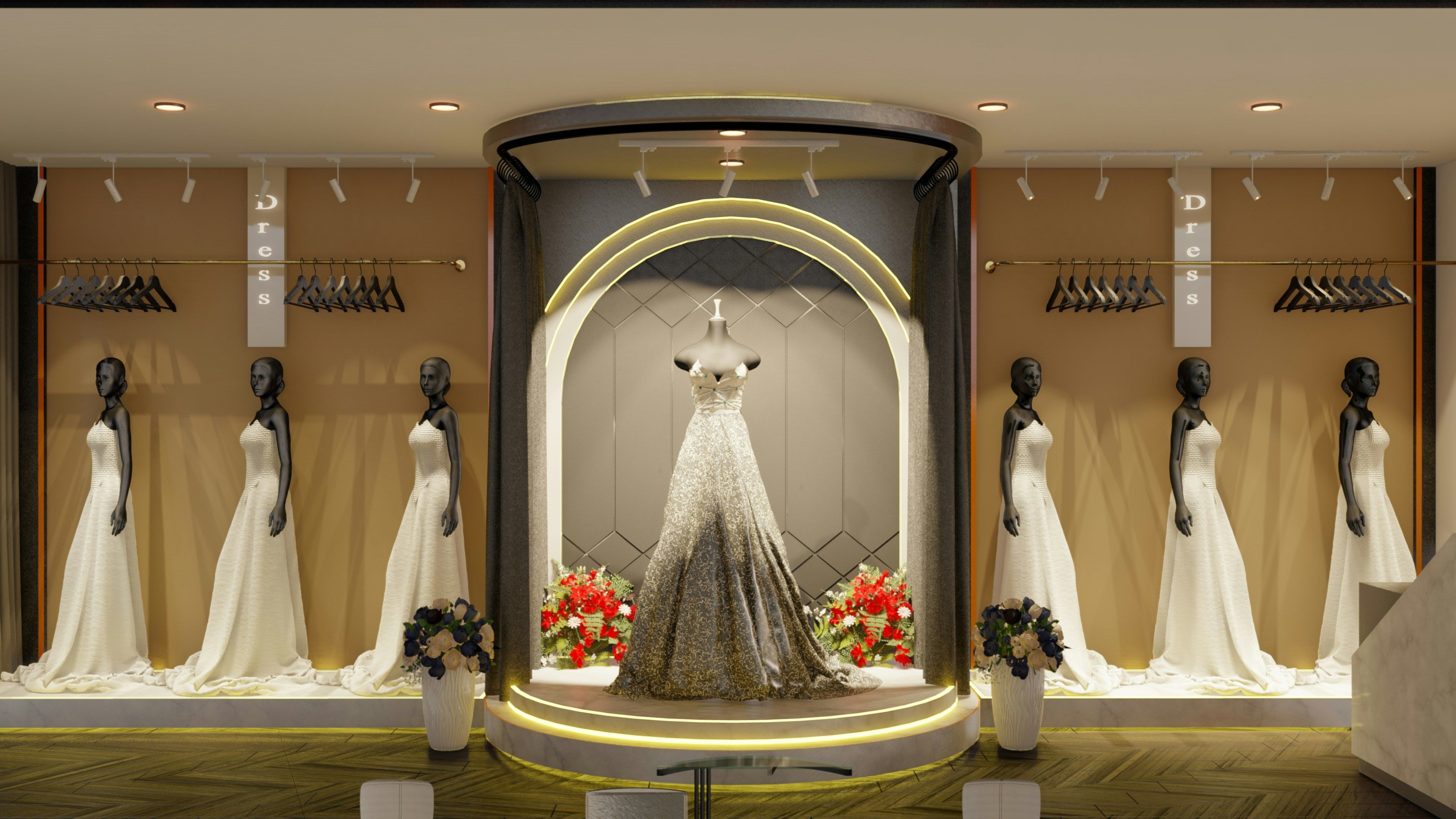From Browsing to Buying: Fixing Conversion Leaks in Apparel E-Commerce
Discover proven CRO tactics for apparel brands to turn views into purchases.
The apparel e-commerce market is one of the most competitive verticals online. Between fast fashion giants, DTC disruptors, and luxury houses, customer acquisition costs are climbing — but conversions often stay stuck at 1–2% max (or I saw them way lower from cols traffic).
After 10+ years optimizing Shopify and custom apparel storefronts, I’ve seen the same patterns repeat: beautiful design and great product, but silent UX killers that bleed revenue every single day, every click and $ spend.
In this post, I’ll show you:
- Real examples from apparel Shopify stores I’ve optimized
- Where the user journey breaks down
- Why shoppers abandon carts (and how to recover them)
- Top recommendations that consistently lift conversions
- Key CRO differences between luxury and everyday apparel brands
Examples From Apparel Stores
-
Streetwear DTC label (Shopify Plus, US)
Simplified PDPs with sticky size selectors and social proof → +18% add-to-cart rate in 30 days.
-
Women’s premium basics brand (Shopify, UK)
Introduced interactive size recommender vs. static chart → 22% fewer returns, +14% checkout completions.
-
Sustainable outdoor apparel (Shopify, EU)
Reduced top-level nav categories from 7 to 4, with collection landing pages → bounce rate down 25%, conversion rate up 11%.
Mapping the Apparel User Journey
- Homepage / PLP (listing) → Browsing collections
- Filter & Search → Narrow by size, color, fit, occasion
- PDP (detail page) → Evaluate fit, material, reviews
- Cart → Confirm selections, shipping expectations
- Checkout → Final purchase
Where friction appears most often:
- Collections / product listing pages cluttered with lifestyle images but weak filters
- PDPs with buried size charts → shoppers hesitate
- Carts that hide shipping and money back guarantee until late → spike in drop-offs
- Checkouts with forced account creation or clunky mobile UX
Heatmap & Behavior Insights
From aggregated apparel heatmaps:
- Only 18–25% of users click homepage hero banners → carousels waste above-the-fold real estate.
- Size guides hidden in modals see <5% engagement; embedded inline near size selectors → ~22% interaction.
- Mobile thumb-zone testing shows right-aligned CTAs perform ~11% better than centered ones.
👉 The data confirms one single thing: shoppers want clarity and convenience over design flourishes.
Why Shoppers Don’t Add to Cart
- Size & fit uncertainty → #1 blocker.
- Overdesigned PDPs bury CTAs below the fold.
- Lack of urgency or social proof → “I’ll think about it later.”
Why Shoppers Abandon Carts
- Hidden shipping costs revealed late.
- Forced account creation.
- Slow, multi-step checkout forms.
- Missing payment methods (Apple Pay, Shop Pay, PayPal).
Industry benchmarks: apparel cart abandonment is 68–72%.
Remedies: Fixing & Recovering Carts
Onsite Fixes (Prevention)
- Size confidence boosters: inline size help + “Free returns” copy.
- Prominent Cart transparency: progress bar (“€10 away from free shipping”).
- Checkout UX: one-page, guest checkout, accelerated payments.
- Micro-urgency: stock counters, delivery timers.
Third-Party Fixes (Recovery)
- Cart abandonment emails: sent within 1h, with product image & size.
- SMS reminders: time-sensitive, e.g. “Stock is low in M.”
- Retargeting ads: dynamic creatives with cart items.
- Push notifications: “Your cart misses you 👕”.
💡 Example: For a UK basics brand, testing subject lines like “We saved your size” lifted recovery revenue by 21%.
Top 3 Recommendations for Apparel CRO
-
Fix Size & Fit UX
Interactive finders, inline charts, returns reassurance.
-
Streamline PLP → PDP Flow
Sticky filters, flat product shots first, persistent selections.
-
Save Checkout
Transparent shipping, express checkout options, guest checkout.
Luxury vs. Everyday Apparel: CRO Differences
CRO strategies are not one-size-fits-all.
Everyday Apparel (fast fashion / basics):
- Shoppers are price- and convenience-driven.
- Pitfalls: hidden shipping fees, clunky filters.
- Fix: clear pricing, easy navigation, fast checkout.
Luxury Apparel (premium / high-end):
- Shoppers are brand- and experience-driven.
- Pitfalls: overemphasis on storytelling, underemphasis on usability.
- Fix: balance editorial visuals with shoppable UX (sticky CTAs, clear size help).
- Key: trust signals (quality guarantees, white-glove returns, delivery timelines).
👉 In luxury, friction is often subtle — the PDP is gorgeous but the “Add to Cart” is two scrolls down. In everyday apparel, friction is functional — too many steps and hidden costs.
Final Word
For apparel brands, CRO is about reducing uncertainty and friction across the entire journey — not just tweaking CTAs. Small UX fixes on size, filters, and checkout transparency can lift conversion rates by double digits. Pair that with smart cart recovery, and you’re not just getting more sales — you’re building customer trust.
At GrowthLens, we map your user journey end-to-end, simulate behavior with heatmaps, tailor CRO reporting for you and run systematic tests that stop revenue leaks.
👉 Want to see exactly where your apparel store is losing conversions? Sign up for a CRO audit at GrowthLens.io or message at hello et growthlens.io
Related posts:
Shopify E-Commerce Funnel Audit Why Checkout Conversion Rates Collapse
Many Shopify brands face the “vanishing act¨, shoppers with no checkout.
Why eCommerce Landing Pages Don’t Convert — 3 CRO Fixes That Drive Sales
Struggling with low conversions on your fashion eCommerce landing page?

